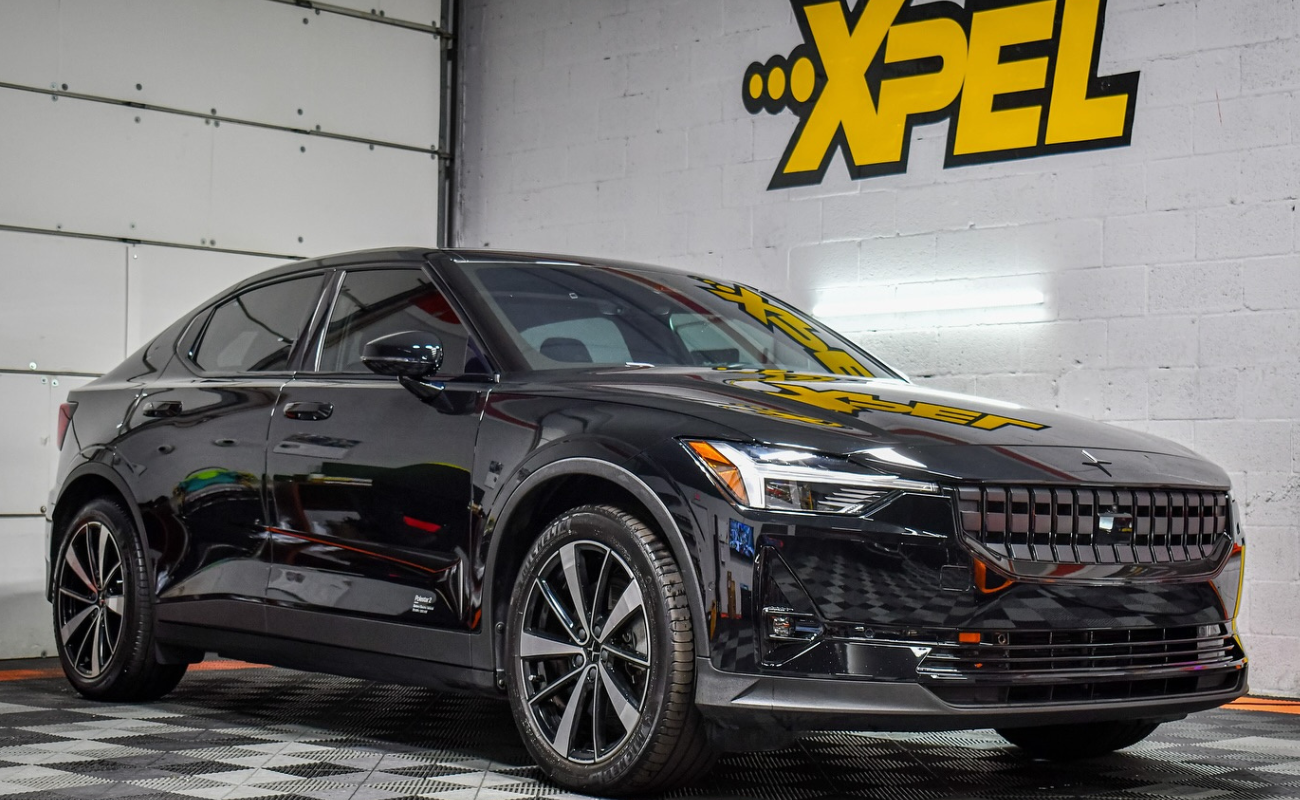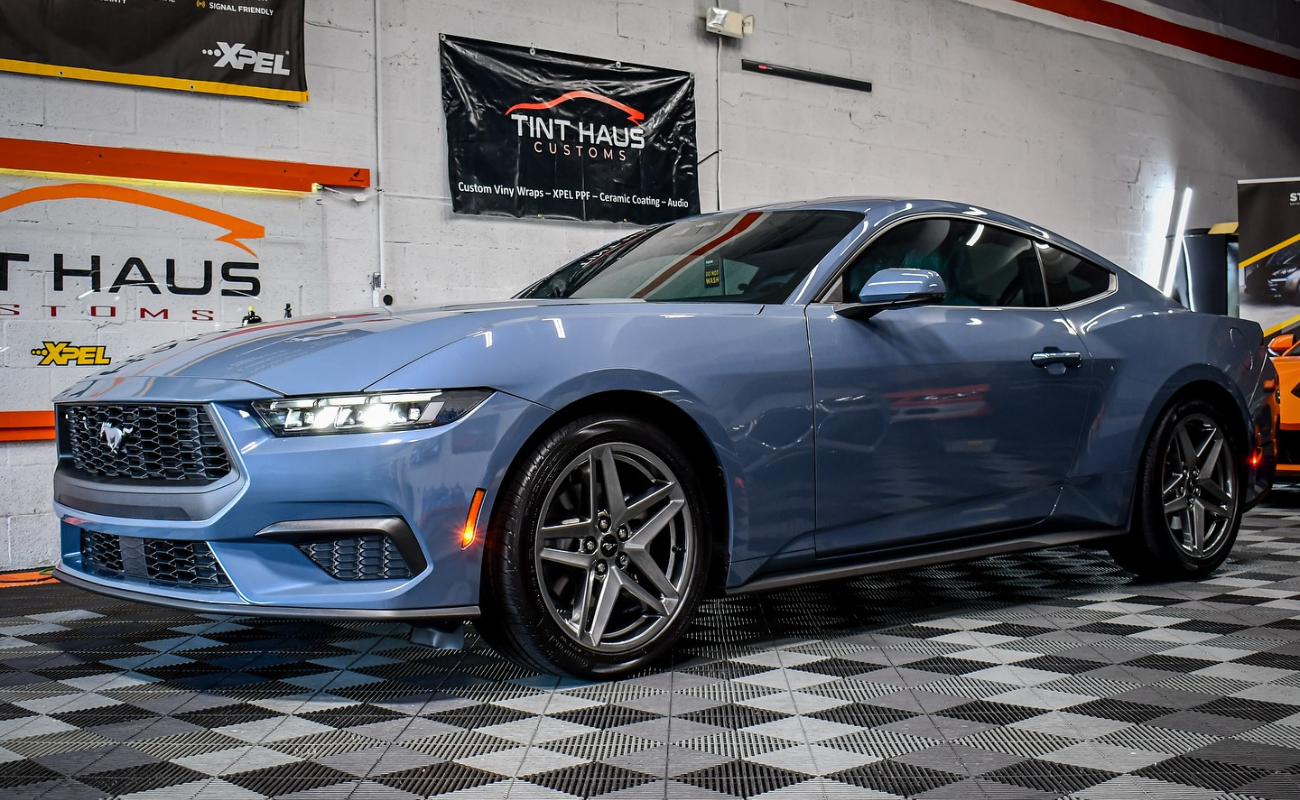
When it comes to window tint, understanding the various levels and percentages can be a window into a world of possibilities. Understanding the right tint for your needs involves more than aesthetics—finding that perfect balance between function and style. So, before you decide that could impact your comfort, safety, and overall driving experience, let’s shed some light on the different tint levels and percentages to help you navigate the tinting landscape with confidence and clarity.
Key Takeaways
- Tint levels determine the darkness or lightness of window tint based on the percentage of light passing through.
- Lower tint percentages mean darker tints with more privacy, glare reduction, and heat rejection.
- Higher tint percentages provide better visibility and less interference with electronic signals.
- Consider legal regulations for maximum darkness, your primary goal, and heat rejection needs when choosing a tint.
- Lighter tints offer increased visibility, reduce heat, block UV rays, and preserve the interior from direct sunlight.
Importance of Tint Levels
Understanding the importance of tint levels is crucial when selecting the right window tint for your vehicle. Tint levels refer to the darkness or lightness of the tint film applied to your windows. The level of tint is measured by the percentage of light that can pass through the film. This percentage impacts various factors such as privacy, UV protection, heat rejection, and the overall aesthetics of your vehicle.
Choosing the appropriate tint level is significant for several reasons. Firstly, it affects the amount of sunlight and UV rays that enter your car. A higher tint percentage means less light transmission, providing better protection against harmful UV rays that can cause skin damage and fade your interior.
Additionally, tint levels determine the level of privacy inside your vehicle. A darker tint provides more privacy for you and your belongings.
Moreover, tint levels can impact the heat rejection capabilities of the window tint film. Darker tints typically offer better heat rejection, keeping your car cooler in hot weather. This can reduce the need for excessive air conditioning, thus improving fuel efficiency.
Impact of Tint Percentages
Pivoting from the importance of tint levels, it’s imperative to grasp the significant impact that tint percentages have on the performance of your window tint. Tint percentages refer to the amount of light passing through the window film. The lower the percentage, the darker the tint, and the less light can penetrate through.
When considering tint percentages, it’s crucial to understand that darker tints offer more privacy and better glare reduction. They also provide superior heat rejection, making your car cooler and more comfortable in hot weather. However, striking a balance is essential, as extremely dark tints can hinder visibility, especially at night.
Conversely, lighter tint percentages allow more light to enter your vehicle, providing better visibility and less restriction on night driving. Lighter tints are also less likely to interfere with electronic signals in your car, such as GPS or radio reception. However, they may offer less heat rejection and privacy compared to darker tints.
Ultimately, the ideal tint percentage for your windows depends on your preferences and needs. When choosing the right tint percentage for your vehicle, consider factors like privacy, heat rejection, visibility, and local regulations. Balancing these elements will ensure that your window tint looks great and performs optimally.

Choosing the Right Tint
When selecting the right tint for your vehicle, it’s crucial to consider various factors that will impact the window film’s aesthetics and functionality. To make an informed decision, take note of the following:
- Legal Considerations: Different states and countries regulate the maximum darkness of window tints allowed. Ensure you comply with these laws to avoid fines or restrictions on the road.
- Purpose of Tint: Define your primary goal for tinting your windows. Are you aiming for privacy, UV protection, heat reduction, or simply enhancing the look of your vehicle? Your objective will influence the type of tint you should choose.
- Type of Tint: Various types of window tints are available, such as dyed, carbon, ceramic, and metallic. Each type offers different benefits regarding heat rejection, UV protection, and glare reduction. Understand the characteristics of each type before making a selection.
Considering these factors will help you in choosing the right tint that not only meets your aesthetic preferences but also fulfills your practical needs. Make an informed choice to enjoy the benefits of window tinting to the fullest.
Benefits of Lighter Tints
Considering lighter tints for your vehicle’s windows can offer a range of benefits that cater to specific needs and preferences. Lighter tints, typically those with higher visible light transmission (VLT) percentages, allow more natural light to pass through the windows while still providing some level of protection.
One of the key advantages of lighter tints is improved visibility both during the day and at night. With lighter tints, you can enjoy clearer views of the surroundings without compromising privacy.
Moreover, lighter tints help reduce the amount of heat that enters your vehicle, making it more comfortable to drive, especially during hot weather. Lighter tints can protect you and your passengers from sunburn and potential skin damage by blocking a certain percentage of UV rays.
Additionally, lighter tints can help preserve your vehicle’s interior by shielding it from the harmful effects of direct sunlight, such as fading and deterioration of upholstery and dashboard materials.
Lighter tints are an ideal choice for those who prefer a more subtle tint that still offers benefits such as glare reduction and UV protection without significantly darkening the windows. Whether you prioritize visibility, heat reduction, UV protection, or preserving your vehicle’s interior, lighter tints provide a practical solution that aligns with your specific requirements.
Considerations for Darker Tints
To delve into darker tints for your vehicle’s windows, understanding the implications and benefits of opting for lower visible light transmission (VLT) percentages is crucial. When considering darker tints, there are key factors to keep in mind:
- Enhanced Privacy: Darker tints provide increased privacy for you and your passengers, making it harder for outsiders to see inside your vehicle. This can be particularly beneficial if you often carry valuable items in your car or desire a more secluded driving experience.
- Improved UV Protection: Lower VLT percentages in darker tints offer better protection against harmful UV rays. This can help preserve your vehicle’s interior by reducing fading and cracking of upholstery and providing added protection for your skin against sun damage.
- Heat Rejection: Darker tints are known for their superior heat rejection capabilities. Reducing the amount of visible light entering your car helps keep the interior cooler, especially during hot summer days. This can enhance your overall driving comfort and reduce the need for excessive air conditioning usage.
Considering these aspects can help you make an informed decision about opting for darker tints for your vehicle’s windows, ensuring both aesthetic appeal and practical benefits.
When contemplating premium window tinting, understanding tint levels and percentages is paramount. By balancing privacy, heat reduction, visibility, and legal considerations, you can select the perfect tint for your needs. Remember, lighter tints offer luminosity and clarity, while darker tints provide privacy and protection. Make a wise choice that suits your style and preferences, ensuring a tint that is both practical and pleasing to the eye.

